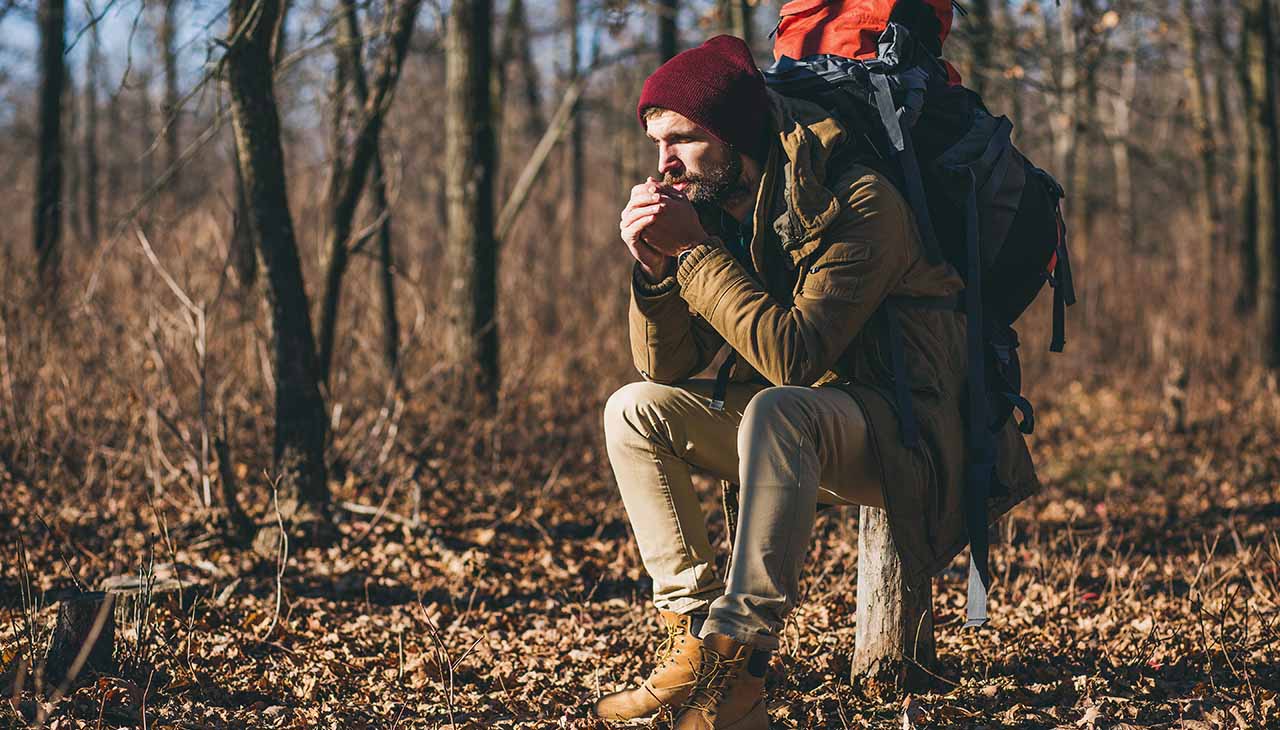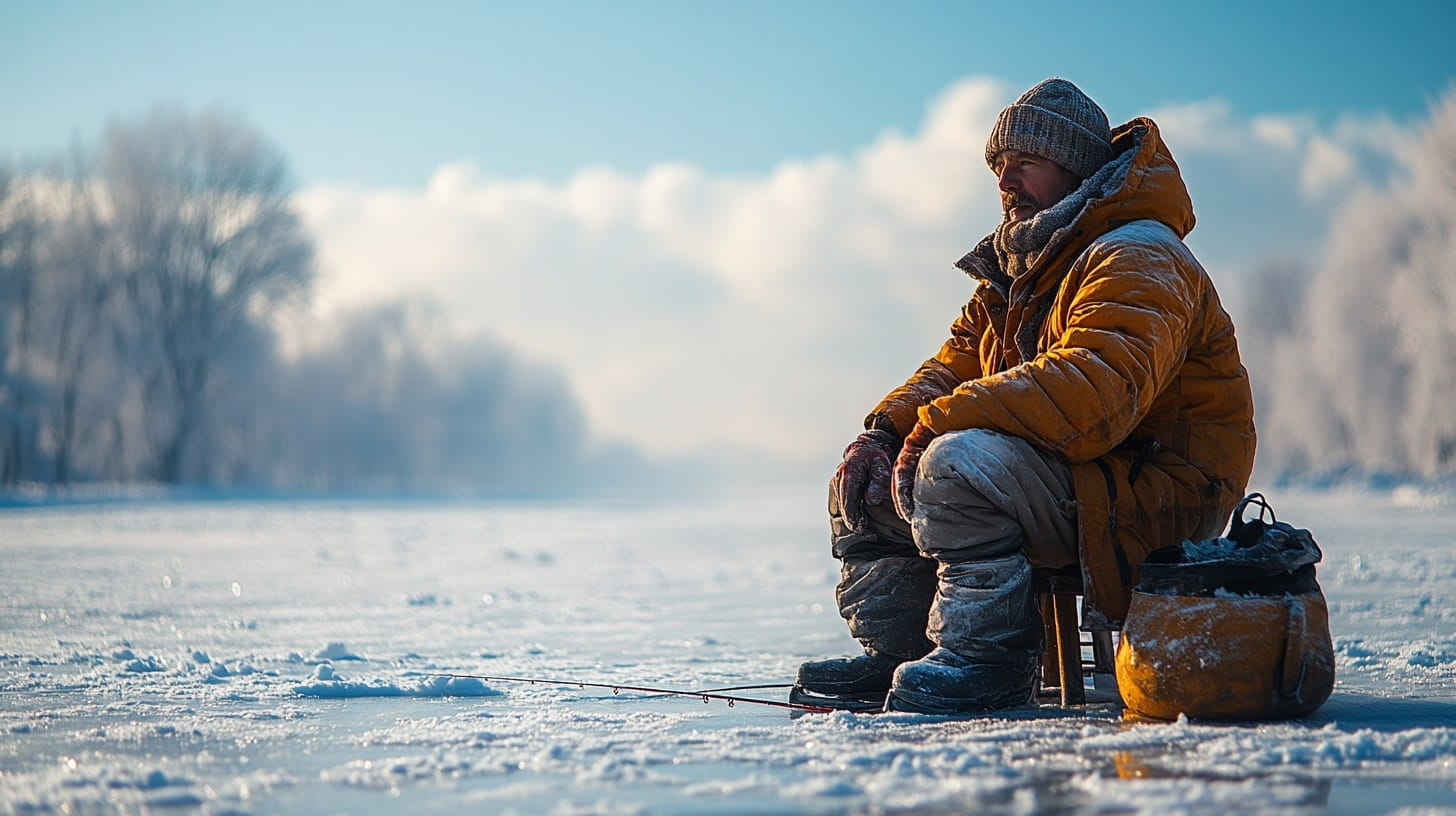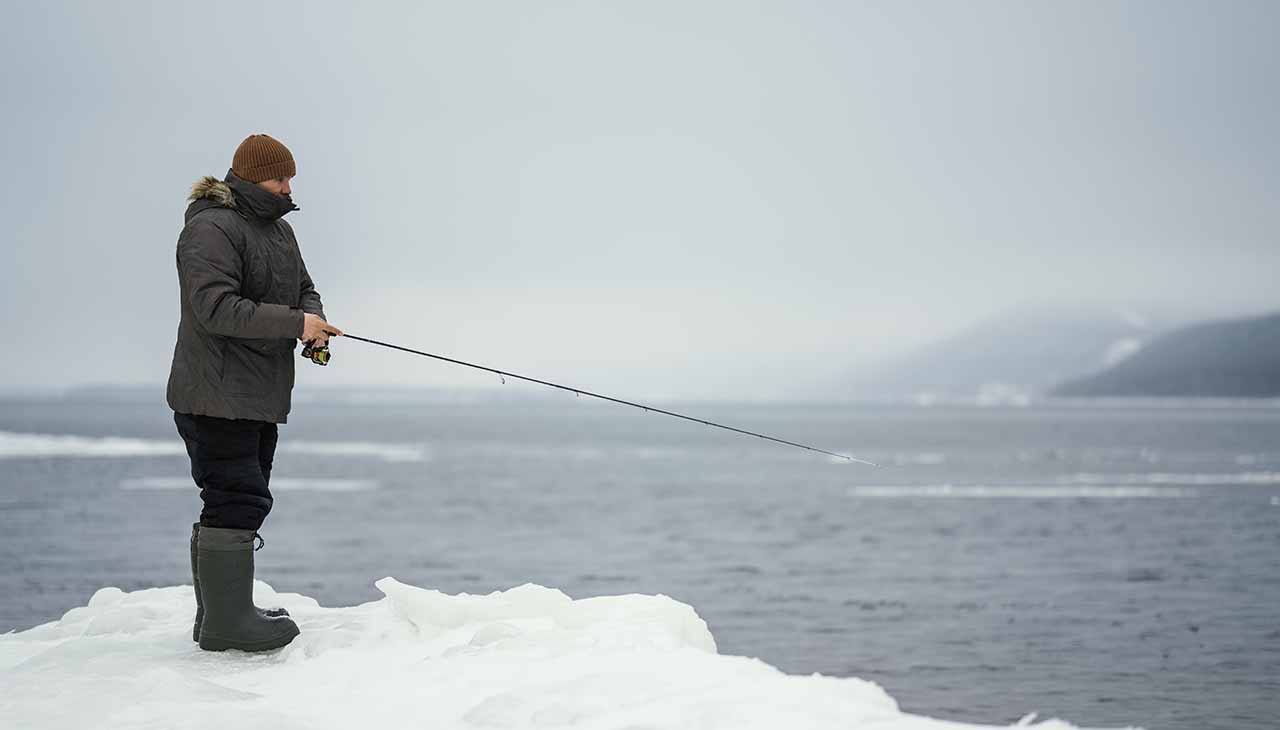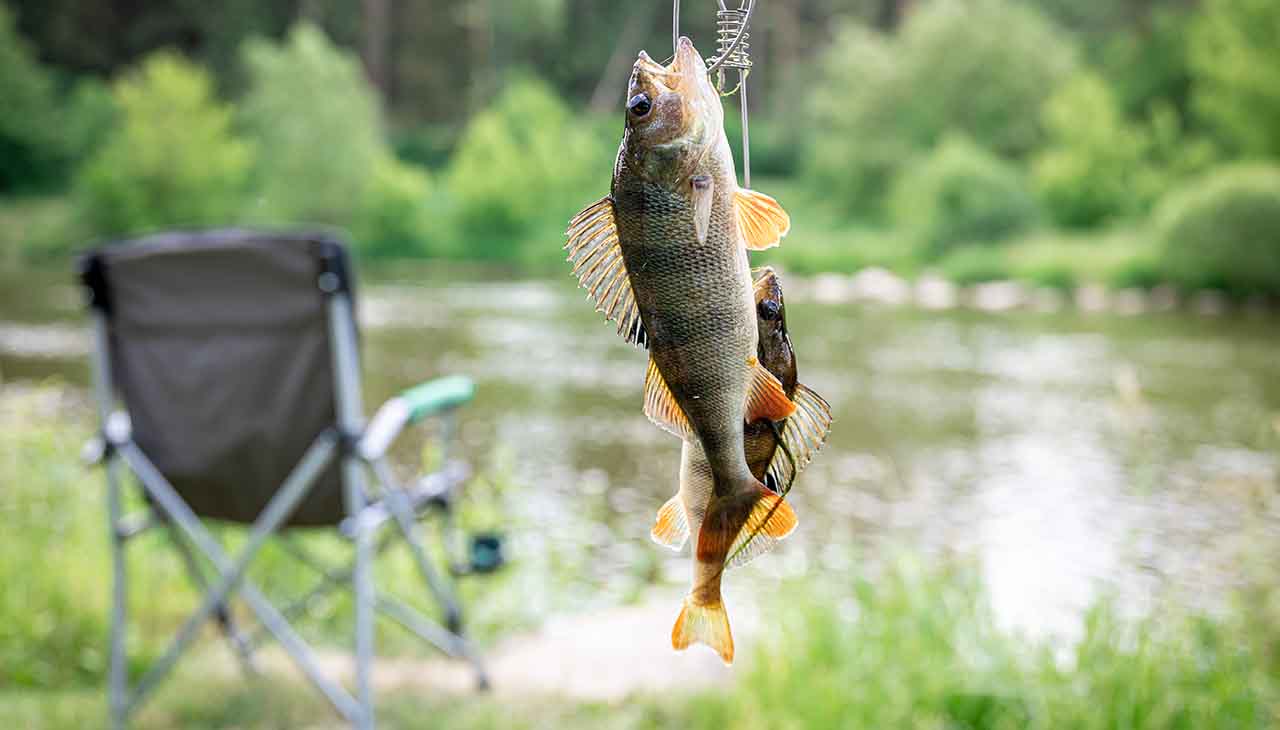Introduction to the Importance of Seasonal Hunting Preparation
Fall and winter present unique challenges and opportunities for hunters. With the changing seasons, different species become available, and the landscape transforms into a hunter’s paradise. Preparing thoroughly for these seasonal hunts can significantly impact your success and safety. This blog post will guide you through the essential tips and strategies to make the most out of your fall and winter hunting adventures. From selecting the right gear to understanding ethical hunting practices, we’ve got you covered.
Seasonal Hunting Gear Guide
Essential Items for Deer Hunting
Deer hunting is a staple for many hunters in the fall and winter months. The right gear can make all the difference. Start with a reliable rifle or bow, depending on your preference. Ensure your clothing is warm and camouflaged, including base layers, thermal outerwear, and insulated boots. Don’t forget your scent control products to avoid alerting deer to your presence. A good pair of binoculars and a rangefinder are also crucial for tracking and estimating distances accurately.
Must-Haves for Waterfowl Hunting
Waterfowl hunting requires specialized gear to handle wet and cold conditions. Invest in waterproof waders, a durable shotgun, and non-toxic ammunition. Camouflage is vital, so choose patterns that blend with the waterfowl habitat. Decoys, a duck call, and a blind bag complete your setup. Warm, moisture-wicking base layers and a waterproof outer jacket are essential to staying comfortable during long hours in a blind.
Gear for Upland Game Hunting
For upland game hunting, such as pheasants and quail, lightweight and durable gear is key. A well-fitted shotgun, game vest with ample storage, and comfortable, high-traction boots are necessary. Opt for brush pants that protect against thorns and thick underbrush. A good hunting dog can also be an invaluable companion for flushing out birds and retrieving downed game.
Safety First
Tips for Staying Safe in Varying Weather Conditions
Fall and winter weather can be unpredictable and sometimes harsh. Always check the forecast before heading out and dress in layers to adjust to changing temperatures. Carry a survival kit that includes a first aid kit, fire-starting materials, and an emergency blanket. Inform someone of your hunting plans, including your location and expected return time. A GPS device and a fully charged phone can be lifesavers in case you get lost or injured.
Handling Cold Weather Hunting
Cold weather requires special attention to prevent hypothermia and frostbite. Keep your extremities warm with insulated gloves, hats, and socks. Hand and foot warmers can provide additional comfort. Stay dry by wearing waterproof clothing, and take breaks to warm up if necessary. Remember to stay hydrated, as cold weather can be deceptively dehydrating.
Navigating Snow and Ice
Snow and ice add another layer of complexity to hunting. Wear traction aids on your boots to prevent slips and falls. Use trekking poles for stability when navigating uneven terrain. Mark your trail to avoid getting lost in snowfall, and be mindful of ice-covered bodies of water that may not be safe to traverse.
Wildlife Tracking Techniques
Reading Animal Signs
Successful hunting often depends on your ability to read signs left by wildlife. Look for tracks, scat, and bedding areas to determine the presence and movement patterns of animals. Understand the differences in tracks between species and learn to identify fresh signs from older ones.
Using Scouting Cameras
Scouting cameras can be invaluable tools for monitoring wildlife activities. Place them near trails, water sources, and feeding areas to gather data on animal behavior. Review the footage regularly to adjust your hunting strategy based on the patterns you observe.
Interpreting Environmental Clues
Environmental clues such as broken branches, disturbed soil, and rubbed trees can also indicate the presence of game. Pay attention to the direction of travel and use these signs to strategically place your blind or stand. Understanding these subtler signs can give you an edge in locating your target.
Conservation and Ethical Hunting Practices
The Role of Hunters in Wildlife Management
Hunters play a crucial role in wildlife conservation and management. Responsible hunting helps maintain healthy animal populations and ecosystems. By participating in regulated hunting seasons, hunters contribute to the balance of wildlife numbers, preventing overpopulation and habitat destruction.
Practicing Ethical Hunting
Ethical hunting means respecting wildlife and the environment. Follow all local regulations and guidelines, and prioritize clean and humane shots to minimize suffering. Avoid shooting at animals that are too far away or obscured by obstacles. Ethical hunters also respect property boundaries and other hunters in the field.
Supporting Conservation Efforts
Supporting conservation efforts goes beyond the hunt. Contribute to organizations dedicated to wildlife preservation and habitat restoration. Participate in community clean-up efforts and advocate for sustainable hunting practices. Your actions can ensure that future generations can enjoy the same hunting experiences.
Planning Your Hunt
Scouting and Finding the Right Location
Scouting is a critical part of planning a successful hunt. Use maps, satellite imagery, and local knowledge to identify potential hunting spots. Look for areas with abundant food sources, water, and cover. Pre-season scouting trips can help you familiarize yourself with the terrain and plan your approach.
Understanding Hunting Regulations
Stay informed about hunting regulations in your area. These rules are in place to ensure sustainable hunting practices and protect wildlife populations. Obtain the necessary licenses and permits, and be aware of any specific restrictions on the species you intend to hunt. Ignorance of the law is no excuse and can lead to hefty fines and loss of hunting privileges.
Strategic Planning and Timing
Timing is everything in hunting. Research the best times of day and year for hunting different species. Learn about their feeding and bedding habits to increase your chances of success. Plan your entry and exit routes to minimize disturbance and optimize your position based on wind direction and animal movement.
Post-Hunt Care
Handling Game Properly
Properly handling game after a successful hunt is crucial for meat quality and safety. Field dress the animal as soon as possible to remove internal organs and cool the meat. Use clean and sharp tools to avoid contamination, and follow best practices for skinning and butchering.
Storing and Transporting Game
Once dressed, game meat should be stored in a cool, dry place. Use insulated coolers with ice packs to keep the meat fresh during transport. If you’re processing the meat yourself, follow safe handling procedures to prevent spoilage. Properly labeled and vacuum-sealed packages extend the shelf life of your game meat.
Making the Most of Your Harvest
Utilize as much of the animal as possible to honor your harvest. Explore different recipes and cooking methods to enjoy various cuts of meat. Share your bounty with friends and family, and consider donating excess meat to local food banks. By making the most of your harvest, you contribute to sustainable hunting practices.
Conclusion
Preparation is the key to a successful and enjoyable fall and winter hunting season. By equipping yourself with the right gear, staying safe, mastering tracking techniques, practicing ethical hunting, planning strategically, and taking proper care of your game, you’ll enhance your hunting experience and contribute positively to wildlife conservation. Remember, every hunt is an opportunity to learn and grow as a responsible hunter. For more personalized advice and gear recommendations, sign up for our newsletter or connect with our community of seasoned hunters.
Happy hunting!




